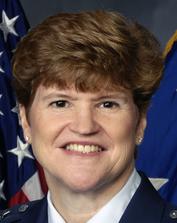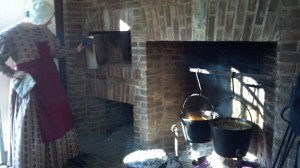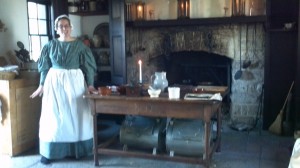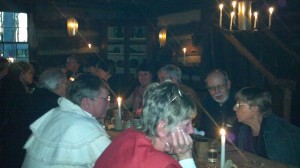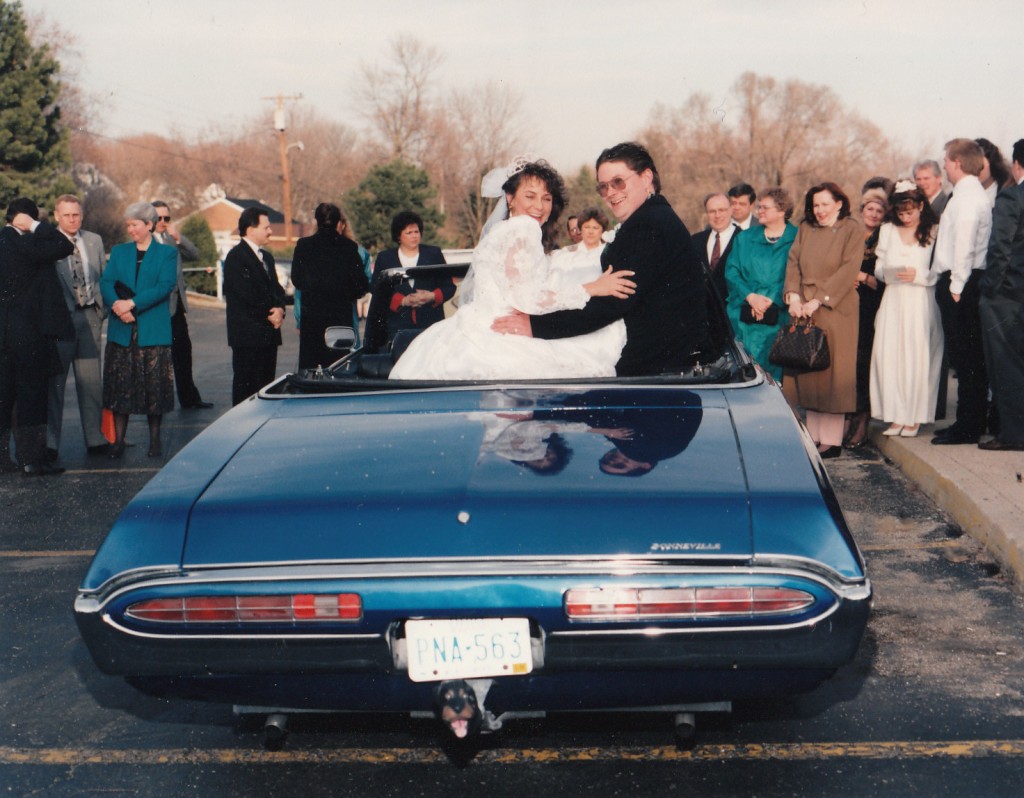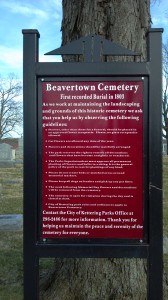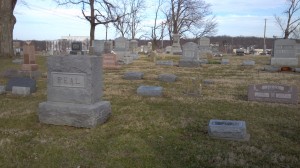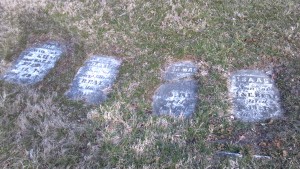On Memorial Day weekend, my daughter wanted to do something “museum-ish,” so we went to one I hadn’t visited yet, but had been wanting to: the Paul Lawrence Dunbar House.
I knew about this turn-of-the-20th-century author through my interest in local history, and also because he’s featured in the Aviation Heritage National Park, which I’ve visited a few times. It might seem odd that a writer would be featured as part of that site, until one learns who some of his first publishers were: Orville and Wilbur Wright, in their pre-flight days as printers of his newspaper, The Dayton Tattler.
The paper folded after just a few issues, but that didn’t deter Dunbar. The challenges he faced – and overcame – make him an inspiration for any writer.
- Like many writers, he wasn’t exactly flush with cash.
- He got paid for some of his early efforts, but not enough to live on, so he had to work a day job.
- He self-published his first book, a collection of poetry titled Oak and Ivy.
- Back then, there was no print-on-demand, and self-publishing was an expensive proposition, requiring a large print run with a comparable outlay of cash.
But the challenge that really set Dunbar apart was the fact that he was black. The son of former slaves, Dunbar had to contend with racial prejudice. Despite the fact that he had a high school diploma in an era where the majority of men did not, his color relegated him to menial jobs. His first job after graduating from high school was as an elevator operator.
But even then, Dunbar made the best of his situation. He hand-sold Oak and Ivy, including many copies to his elevator passengers. The need for authors to self-promote is nothing new, and Dunbar was skilled in this area: he recouped his investment in two weeks. Part of his work’s popularity came from its two distinct styles: some of his poems were written in standard English, while others were written in colloquial black dialect.
Today, self-publishing success is one way to attract an agent or editor’s attention, and this too is nothing new. Fellow writers James Whitcomb Riley and William Dean Howells noticed Dunbar’s work and helped publicize it. As is common today, networking with other writers was a crucial part of Dunbar’s success. He also frequently gave public readings to garner interest in his work.
In 1897, Dunbar finally got a job befitting a man of his talents: librarian at the Library of Congress. He sold several works to publishers, and eventually made enough money from his writing to build a nice house in Dayton for his mother, who he’d always been close to. This is the home that later became the museum, not long after his mother’s death in the 1930s.
He continued to enjoy success in his writing, and soon left the LOC to focus on that. Eventually, he amassed a body of work consisting of a dozen poetry anthologies, five novels, four short story anthologies, a play, and dozens of song lyrics. His dialect works came under critical fire for perpetuating the comical, happy-go-lucky stereotype of black Americans, while others praised them as a celebration of his racial heritage.
Dunbar died at the age of 33 from tuberculosis, which he’d fought for over five years. This was exacerbated by alcoholism, ironically caused by doctors prescribing whiskey for his TB symptoms. In light of his short career, Dunbar’s accomplishments are even more inspiring.
Were you familiar with Paul Lawrence Dunbar before? Does your home town have a literary icon?


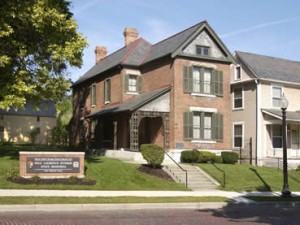




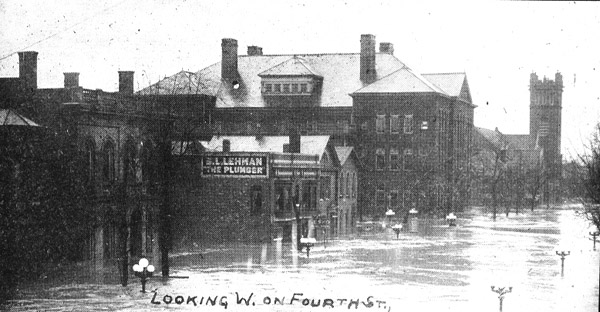




 U.S. Air Force research psychologist Adam Keller is an empath, accustomed to sensing the thoughts and emotions of others. Because of his gift, he keeps people at a distance. When a disembodied presence full of anger and fear invades his mind and demands rescue, dark thoughts of death threaten to overwhelm Adam. Then he meets a woman whose attraction to him quiets the voice. All he has to do to keep his sanity is risk his heart and experience the emotions he’s long denied himself.
U.S. Air Force research psychologist Adam Keller is an empath, accustomed to sensing the thoughts and emotions of others. Because of his gift, he keeps people at a distance. When a disembodied presence full of anger and fear invades his mind and demands rescue, dark thoughts of death threaten to overwhelm Adam. Then he meets a woman whose attraction to him quiets the voice. All he has to do to keep his sanity is risk his heart and experience the emotions he’s long denied himself. It’s here at last!
It’s here at last!